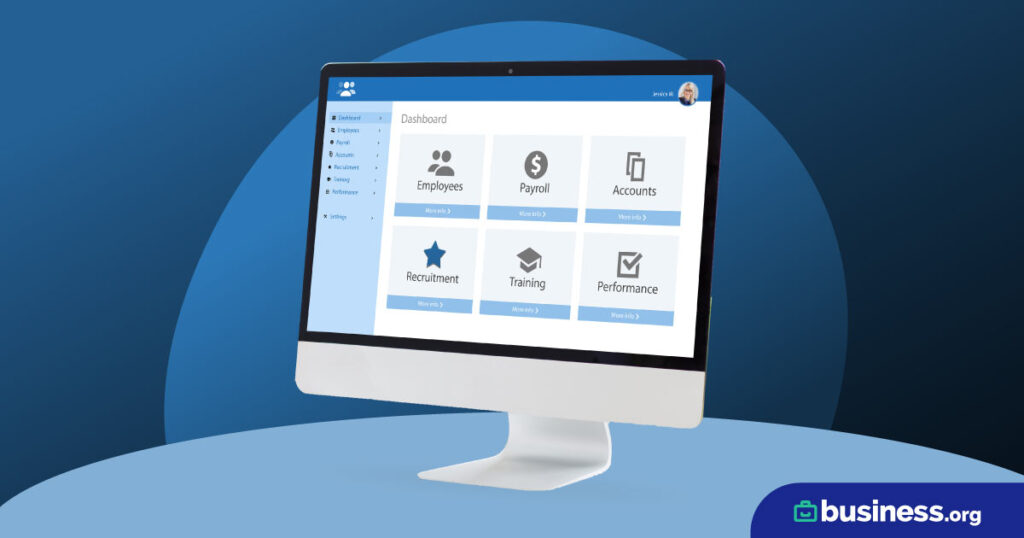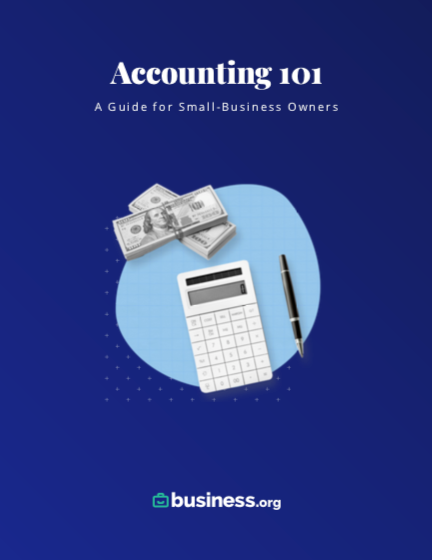We are committed to sharing unbiased reviews. Some of the links on our site are from our partners who compensate us. Read our editorial guidelines and advertising disclosure.
How to Conduct a Payroll Audit for Small Business
Payroll is often a company’s biggest expense. Miscalculations, errors, or even fraud can happen and could cost you, as the business owner, a lot of money (as well as time and headache). Regular payroll audits can help eliminate the risk of these issues.
A payroll audit is a review of all payroll processes and records. The main reasons for a payroll audit are to prevent payroll fraud, to ensure compliance with federal and state regulations, and to detect misinformation, errors, or miscalculations.
Table of contents
What to put on your payroll audit checklist
Payroll audit checklists can vary by company and industry. Frequently, these items are included in a company’s checklist:
- Verify employee information (name, address, social security number, position at the company, etc.). Make sure to remove any former employees from the current employee database.
- Verify employees' wages or pay rates. Make sure each person is getting paid the correct rate and that any raises have been included in the most recent paychecks.
- Review time cards or stamps and cross-reference them with paychecks. Also double-check that overtime, tips, and bonuses are calculated and paid correctly.
- Examine employee tax withholdings, exemptions, and deductions (include health insurance, retirement, and other benefits).
- Check tax withholdings and deposits (both federal and state).
- Carefully examine all atypical or one-time payments (freelance pay, wage garnishments, reimbursements, and back pay are good examples).
- Reconcile all accounts and make sure all bank account totals match up.
- Review compliance with state and federal workplace regulations.
How to keep payroll running smoothly
Implement payroll internal controls
Payroll internal controls are processes that can help you avoid fraud, mistakes, or other issues. Here are some examples of these processes:
- Having more than one person involved in the payroll process.
- Ensuring a supervisor (or owner) verifies and signs off on paychecks and time cards.
- Changing authorizations, passwords, and log-in info regularly.
- Restricting access to passwords to specific employees and making sure that employees are allowed access to only certain functions of payroll software.
- Regularly running error-checking reports.
- Having a password-secured tracking log (this tracks changes and transactions made to payroll).
- Comparing payroll with the amount budgeted for payroll.
By signing up I agree to the Terms of Use and Privacy Policy.
Make other improvements to your payroll process
In addition to checking for errors, it’s important to set up systems that optimize your payroll process, streamline the labor necessary to run it, and prevent miscalculations—like these:
- Put all employees on the same pay period so all employees have the same payday.
- Invest in payroll software that streamlines all parts of payroll (this will help avoid mistakes and save time).
- Automate your payroll audit and choose paperless options for reporting. This will save time, money, and present less risk of error.
- Review state and federal regulations regularly, as these rules do change and non-compliance can result in loss of time and money.
- Split up responsibilities between employees. If employees are handling payroll or parts of payroll, make sure that there is a system that involves verifying, getting signatures, getting approval from a payroll supervisor, and including more than one person. This will help you avoid fraud or embezzlement.
Perform regular payroll audits
Internal payroll audits can be scheduled for any period. Monthly, quarterly, or annually are good options, especially because these correspond to regular financial reports, like profit and loss or other accounting checklists.
The more frequent the audit, the less risk of fraud or other issues. It also saves having to do a large audit all at once and means less headache if issues are found.
What can trigger payroll audits
Payroll audits are triggered by an employee complaining or questioning pay or compliance, by the IRS or US Department of Labor investigating a claim, or by the owner ensuring accuracy and compliance.
No matter what situation or event brings audits to the table, at the end of the day, internal payroll audits are a way to save money and time, avoid fraud, and keep your business running smoothly.
How to ease the audit process
As a small-business owner, you know a lot of things end up on your desk. If regular payroll audits sound too daunting, here are some suggestions:
- Hire a bookkeeper or accountant. This costs money, but your time is also valuable and mistakes can be costly. If it’s currently too costly for your business to bring someone on full-time or as a regular service, just pay an hourly rate to hire professionals to help with audits when they occur.
- Verify items one at a time. Break the checklist into three or four smaller lists and do a couple of items every month or two.
- Delegate and split up tasks between employees. Have your employees do the bulk of the research and double-checking and then report back to you. Use more than one employee if possible.

With unlimited payroll runs and automatic tax filing, Gusto helps small-business owners worry less about payroll and put more time into growing their business.
- Get automatic payroll tax filing, including end-of-year tax forms
- Manage workers compensation insurance
- Track paid time off, sick leave, and holiday pay
The takeaway
Payroll audits may not be the first strategy that comes to business owners’ minds when considering ways to reduce cost, but as we all know, making payroll every two to four weeks is one of the most expensive and stressful aspects of business ownership.
Business owners who take the time to look carefully at payroll and employee costs regularly, whether every month, quarter, or year, will see a huge payoff in the long run because they may find many ways to save money and time.
Would you like to learn more about the ins and outs of payroll? Read the Ultimate Guide to Payroll for more info.
Related content
Payroll audit FAQ
What is included in a payroll audit?
A payroll audit includes a review of wage, time cards, compensation, and headcount. Using a payroll audit checklist can help streamline efforts and make sure nothing’s missing.
What triggers a payroll audit?
Payroll audits are often triggered by one or more of the following: (1) employees unhappy with their compensation, (2) by the IRS or US Department of Labor investigating a claim, or (3) a company manager or executive interested in saving money.
How do you audit salaries and wages?
Salaries and wages are audited by reviewing timesheets, payroll software reports, and employee documents like offer letters, contracts, and promotion agreements. Check the facts, review the planned and actual numbers, and verify that things are happening as agreed.
How do you conduct an employee audit?
Employee audits center on assessing your company’s HR or hiring and organizational chart plans and reviewing which roles are necessary to those goals. You may find that some roles are unnecessary and either reposition those employees into more valuable roles or remove the roles altogether to minimize expenses.
Disclaimer
At Business.org, our research is meant to offer general product and service recommendations. We don't guarantee that our suggestions will work best for each individual or business, so consider your unique needs when choosing products and services.




